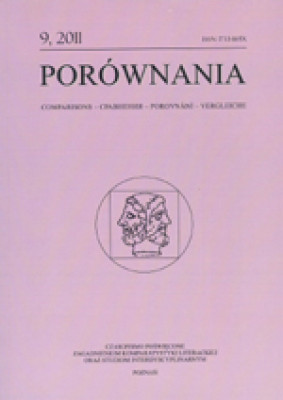Central European variations of “misterium-drama” based on comparison of works by Péter Nádas and Jerzy Grotowski.
The trilogy of Péter Nádas: Takarítás (Cleaning Up, 1977), Találkozás (Meeting, 1979) and Temetés (Burial, 1980) representa particularly radical stage-conception n the history of the Hungarian drama. The Hungarian author – just like the Polish master of “ritual arts” – interprets the theatre as a complex creative form, which enables expression in different parascenic forms, crossing the boundaries of literary genres. In the begining of my essay I briefly show the reasons of relatively weak reception of Grotowski in Hungary and Nádas in Poland. Nádas’ theatre understood by the author as a “moving picture of living body” stands very close to the conception of Grotowski, also based on expression of the performer’s body and voice, giving priority to actors. The “poor theatre” conception of Nádas is similar – with only modest scenography and reduced props. His stage-technique originates in myths, rituals and ceremonies. Although both authors represent rather similar conceptions of theatre, they use quite different tools. As a result we can observe strongly visualised archetype-situations on the stage. In non-verbal form they present different feelings: desperation, fear, loneliness and so on.
ISSN: 1773-165X
| Article Title | Type | Size |
|---|---|---|
| Porownania 9 01 17 | [pdf] | [556 KB] |
